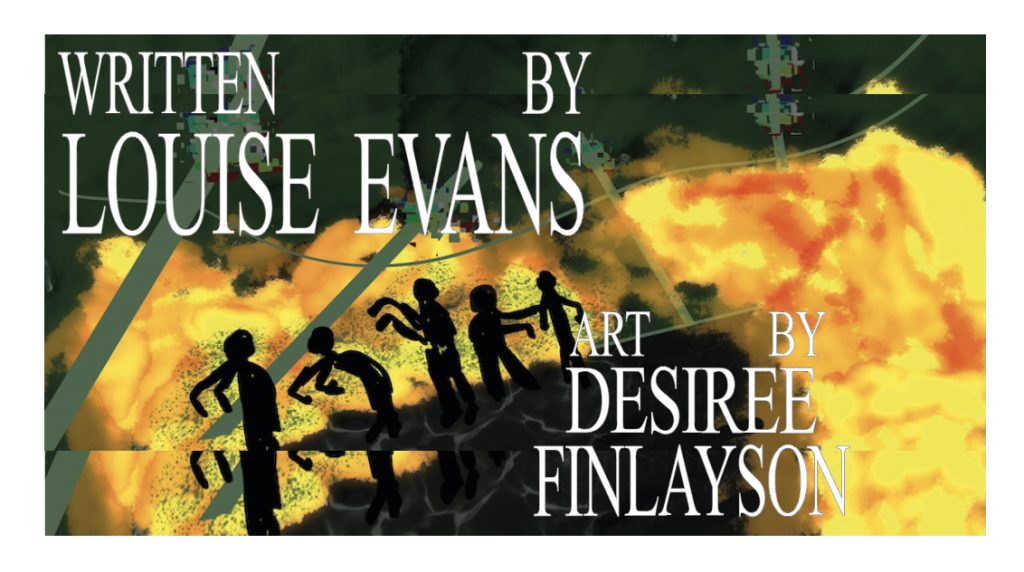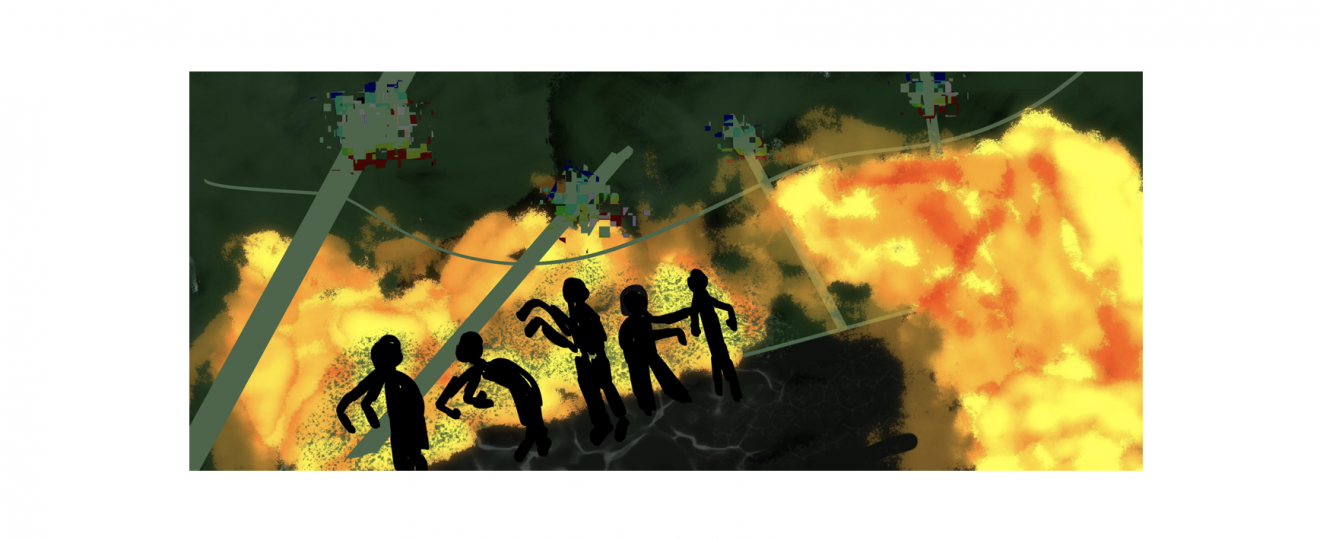We all know that George Orwell’s Nineteen Eighty-Four, published in 1949, is considered an archetypal text in the dystopian literary genre. We’re taught that Orwell wrote with an eye firmly on the future, or at least on his own nightmarish conceptualisation of it, projecting a totalitarian bête noire into the minds of his readers.
How interesting then, to discover that Orwell’s novel had a (secret, at least to me) forerunner, Yevgeny Zamyatin’s We, published twenty-eight years previously in 1921…
We is set in Zamyatin’s future. After the Two Hundred Years’ War, culminating in the One State’s conquering of the world, its citizens are now reduced to numbers. The reader follows D-503, an engineer for the Integral, a spaceship built for the One State to conquer extraterrestrial lands, through his journal writings. In classic Orwellian style, Zamyatin’s world is not merely reminiscent but presents a pivotal precursor to the surveillance state. D-503 and his fellow citizens are carefully watched by the Bureau of Guardians. Each hour of daily life is dictated wholly by a group called The Table; logic and numbers forge the foundations of Zamyatinic society, formed and maintained by the anonymous Benefactor.
In this dystopia, imagination is treacherous. Dreams are a sign of mental illness. Individualism is punishable by death.
The reader tails D-503 in his distancing from his previous life, in his Panopticon-style glass apartment, in his Table-scheduled daily walks, and in his seemingly harmonious society. In this society, individual consciousness is represented as a sickness, but he is part of the whole: healthy. And yet, when D-503 meets I-330, a woman who blatantly breaks the One State’s rules, (she smokes, drinks, and flirts) he seemingly gains an imagination, a soul, a sense of self: “And everyone must lose his mind, everyone must! The sooner the better! It is essential — I know it.” Throughout the novel, D-503’s writings become more erratic and his punctuation excited — an adrenaline fuelled by exhilaration but also, undoubtedly, fear.
We, despite being written by a Russian novelist, was first published in English by E.P. Dutton in New York. Unsurprisingly, its first publication in the Soviet Union had to wait until 1988, when glasnost allowed its first presentation in the country of its author’s birth, appearing in libraries alongside Orwell’s Nineteen Eighty-Four.
The similarities between these early texts of dystopia are undeniable; Orwell even claimed that Aldous Huxley’s Brave New World (1931) must be derived from Zamyatin’s writing. Huxley denied this claim, stating that his writing served as a reaction to H.G. Well’s concept of utopia.
Just as in both Orwell’s and Huxley’s novels, Zamyatin’s work presents an extreme parody of modern, industrial society; a state in which free will is the root of all unhappiness. Industrial efficiency seems to be a notion at the core of dystopian literature. Frederick Winslow Taylor was an American mechanical engineer who sought to improve industrial efficiency. He was one of the intellectual leaders of the so-called Efficiency Movement (Progressive Era, 1890s to 1920s), thus the Soviet attempt to implement certain models of Taylorism may have influenced Zamyatin’s writing. Following a dystopian line of thought, operational efficiency is always scuppered by the epitome of libertarianism: love. It’s common for dystopian protagonists to fall in love; we have seen it in Never Let Me Go by Kashuo Ishiguro (2005), in Parable of the Sower by Octavia Butler (1993), and, of course, in good old Orwell. In these cases, love constitutes a life event that not only alters their feelings towards their own societies, but usually forms the driving force that tears them down.
It’s unsurprising therefore that Zamyatin is considered the grandfather of the dystopian literary genre. Even Kurt Vonnegut said that in writing Player Piano (1952), he “cheerfully ripped off the plot of Brave New World, whose plot had been cheerfully ripped off from Yevgeny Zamyatin’s We“. Zamyatin presents a string of themes and plot points that have been employed and adapted throughout the genre of speculative fiction, returning time and time again from the 1920s to today.
In its nightmarish portrayal of egalitarianism, its deprecation of imagination, its elevation of a uniform, numeric surveillance state, Zamyatin’s We has not only formed a crucial literary experience for the dystopian genre and its writers throughout the decade, but a poignant questioning of modern life. As we witness the unprecedented pervasion of technology into quotidian life, Zamyatin makes contemporary readers catechize the significance of dystopia in reality, today.

Louise is originally from the Wirral but has, over the past few years, been adopted by both Liverpool and Madrid. Spending time in both pertinently cultural capitals has led Louise to write, perform and even theorise on contemporary world literature- namely poetry- exploring its portrayal of relationships and society in the technological age. Louise will always be found with a coffee, book, and a statement pair of earrings.
Desiree Finlayson is a creative and expressive artist originally from the Bahamas. Her work with watercolours ignites a sense of wonder in her audience and harbors a disposition that artistically conveys her sage wisdom and worldview.





Interesting introduction to a writer I’d never heard of , but as Louise states, Zamyatin has influenced subsequent western writers who have read his woeks